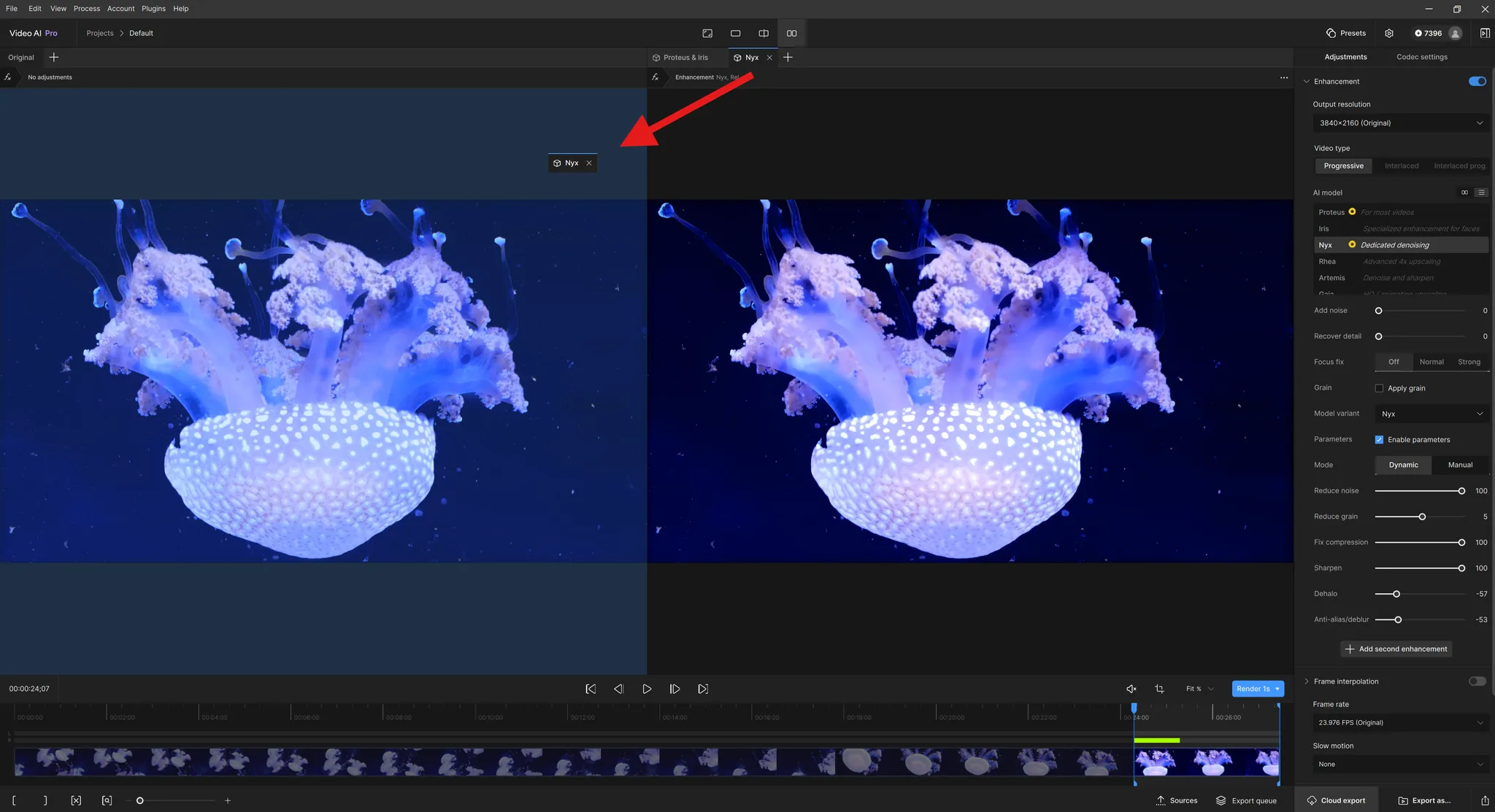Topaz Video AI: Complete Buyer's Guide
Specialized AI-powered video enhancement platform
Topaz Video AI is a specialized AI-powered video enhancement platform that delivers technical restoration and upscaling capabilities while demonstrating significant limitations in professional color grading workflows. Unlike comprehensive post-production platforms such as DaVinci Resolve or specialized color grading solutions like Colourlab AI, Topaz focuses narrowly on technical enhancement rather than creative color work [118][120][129].
Market Position & Maturity
Market Standing
Topaz Video AI occupies a specialized niche within the AI-powered video enhancement market, focusing on technical restoration rather than comprehensive post-production capabilities. The platform demonstrates competitive strength in restoration applications while showing significant limitations in professional color grading workflows compared to integrated solutions [118][120][129].
Company Maturity
Company maturity indicators include established customer base among independent filmmakers and documentary producers, with evidence of successful implementations in archival restoration scenarios [118]. However, support quality represents an ongoing concern based on user feedback, with email support responses extending beyond 24 hours and community forums serving as the primary troubleshooting resource [122].
Proof of Capabilities
Customer Evidence
Customer evidence demonstrates clear capability validation in restoration and upscaling applications. Users report successful recovery of details in archival footage and improvement of smartphone or GoPro clips [118], establishing measurable proof of technical enhancement capabilities. Documentary producers working with historical footage achieve meaningful quality improvements [118], while content creators requiring batch upscaling for social media distribution benefit from automated processing capabilities [118][127].
Quantified Outcomes
Quantified outcomes include 50-70% time savings in initial restoration workflows, allowing users to reallocate effort toward creative refinement in downstream applications [118][127]. The platform's 16K upscaling capability through the Starlight diffusion model provides measurable quality improvements for low-resolution source material [119][127]. Batch processing improvements in the 2025 version reduce time requirements for large-scale restoration projects [127].
Market Validation
Market validation appears through customer adoption among specific segments rather than broad professional acceptance. Positive feedback concentrates among users focused on upscaling and restoration applications [118][127], while negative experiences cluster around color-critical workflows [122][124].
AI Technology
Topaz Video AI's technical foundation centers on specialized AI models designed for video enhancement rather than creative grading. The platform employs three core models: Starlight for diffusion-based upscaling, Apollo for enhancement processing, and Chronos for frame interpolation [119][127].
Architecture
The platform's GPU acceleration through NVIDIA RTX optimization provides significant performance advantages over software-only solutions [118][130]. Processing architecture requires minimum 8GB VRAM configurations with NVIDIA RTX series recommended for optimal performance [130][136].
Primary Competitors
Primary competitors include comprehensive post-production platforms like DaVinci Resolve and specialized color grading solutions like Colourlab AI [120][124][129].
Competitive Advantages
Competitive advantages emerge through specialized AI models for restoration and upscaling and perpetual licensing options [118][119][127][131]. GPU-accelerated processing provides performance advantages over software-only competitors [118][130], while focus on restoration and upscaling delivers superior results compared to general-purpose video editing applications [127]. Compared to alternatives like AVCLabs, Topaz demonstrates stronger upscaling performance while AVCLabs provides superior face enhancement capabilities [134].
Market Positioning
Market positioning reveals Topaz as a preprocessing tool rather than complete solution within professional workflows [124]. Innovation trajectory shows Topaz focusing on resolution and denoising improvements while competitors advance AI LUT generation and emotional tone grading [127][129]. Market reputation reflects recognition for upscaling strength but criticism for color accuracy and high hardware demands [122][130].
Win/Loss Scenarios
Win/loss scenarios favor Topaz in restoration and archival applications where technical enhancement takes priority over creative grading [118][127]. Competitors win in integrated post-production workflows, color-critical applications, and professional environments requiring comprehensive video finishing capabilities [120][124][129].
Key Features

Pros & Cons
Use Cases
Pricing
Featured In Articles
Comprehensive analysis of AI Color Grading Tools for AI Design for AI Design professionals. Expert evaluation of features, pricing, and implementation.
How We Researched This Guide
About This Guide: This comprehensive analysis is based on extensive competitive intelligence and real-world implementation data from leading AI vendors. StayModern updates this guide quarterly to reflect market developments and vendor performance changes.
136+ verified sources per analysis including official documentation, customer reviews, analyst reports, and industry publications.
- • Vendor documentation & whitepapers
- • Customer testimonials & case studies
- • Third-party analyst assessments
- • Industry benchmarking reports
Standardized assessment framework across 8 key dimensions for objective comparison.
- • Technology capabilities & architecture
- • Market position & customer evidence
- • Implementation experience & support
- • Pricing value & competitive position
Research is refreshed every 90 days to capture market changes and new vendor capabilities.
- • New product releases & features
- • Market positioning changes
- • Customer feedback integration
- • Competitive landscape shifts
Every claim is source-linked with direct citations to original materials for verification.
- • Clickable citation links
- • Original source attribution
- • Date stamps for currency
- • Quality score validation
Analysis follows systematic research protocols with consistent evaluation frameworks.
- • Standardized assessment criteria
- • Multi-source verification process
- • Consistent evaluation methodology
- • Quality assurance protocols
Buyer-focused analysis with transparent methodology and factual accuracy commitment.
- • Objective comparative analysis
- • Transparent research methodology
- • Factual accuracy commitment
- • Continuous quality improvement
Quality Commitment: If you find any inaccuracies in our analysis on this page, please contact us at research@staymodern.ai. We're committed to maintaining the highest standards of research integrity and will investigate and correct any issues promptly.